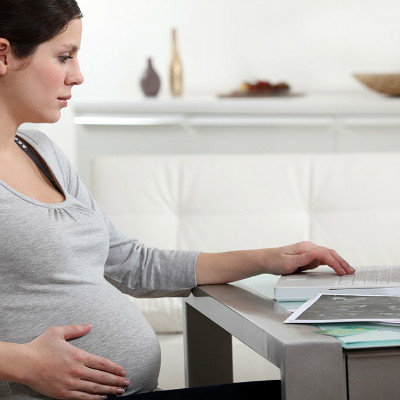Symptoms of ascending intestinal tuberculosis
summary
Ascending intestinal tuberculosis is a chronic intestinal specific infection disease caused by Mycobacterium tuberculosis, which is one of the most common extrapulmonary tuberculosis. It is mainly caused by Mycobacterium tuberculosis. In a few areas, intestinal tuberculosis caused by Mycobacterium bovis occurred because of drinking non sterilized milk or dairy products. The disease is commonly seen in young and middle-aged people, women slightly more than men. Tell us about the symptoms of ascending intestinal tuberculosis.
Symptoms of ascending intestinal tuberculosis
1、 Abdominal pain often involves the ileocecal region, so the pain is most common in the right lower abdomen. The pain can also be located around the umbilicus, which is caused by traction of ileocecal lesions. The pain is generally mild, showing dull or dull pain, and also intermittent pain, which is often induced at meal or after meal. This is caused by gastroileal reflex or gastrocolic reflex caused by eating; Postprandial pain is the spasm or peristalsis of intestinal flexure, so the pain is often accompanied by defecation, which can relieve the pain. When proliferative intestinal tuberculosis complicated with intestinal obstruction, abdominal pain is mainly colic, with corresponding symptoms of intestinal obstruction.

2、 Diarrhea and constipation diarrhea is one of the main symptoms of ulcerative intestinal tuberculosis, which is caused by intestinal flexure inflammation and stimulation of ulcer, resulting in accelerated intestinal peristalsis, rapid emptying and secondary malabsorption. Defecation generally 2-4 times a day, mostly pasty stool, light only contains a small amount of mucus, severe diarrhea can be as many as 10 times a day, there is mucus and pus in the stool, bloody stool is rare. In addition, there can be constipation, feces are sheep feces, or diarrhea and constipation alternately.

3、 Abdominal mass was mainly seen in proliferative intestinal tuberculosis with local thickening of intestinal wall. When ulcerative intestinal tuberculosis and surrounding tissue adhesion, or with mesenteric lymph node tuberculosis, can form a mass and be palpable. The abdominal mass is usually located in the right lower abdomen, with moderate hardness, mild tenderness, sometimes uneven surface and small mobility.

matters needing attention
Avoid excessive fat and stimulating food intake, such as coffee, alcohol, regular physical exercise, reduce the response to a variety of stress is enough to achieve the purpose of treatment. Reduce the intake of gas producing food in daily diet, such as dairy products, soybeans, etc. Patients with diarrhea should limit crude vegetables and fruits as appropriate. For patients with constipation, it is recommended to take food rich in cellulose to increase stool volume, relieve constipation and relieve abdominal pain.













